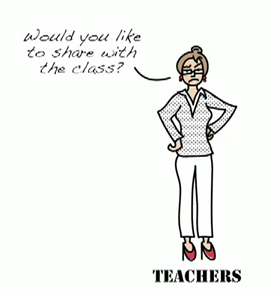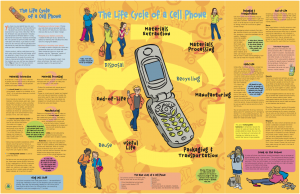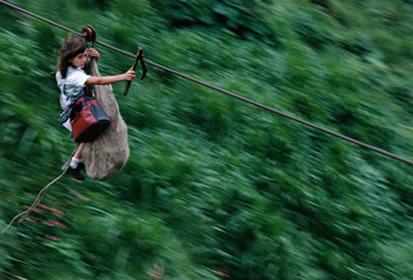Most power plants create electricity by spinning a magnet while it’s inside a coil of wire. That how coal power plants do it, it’s how hydroelectric power plants do it, it’s how wind plants do it, it’s even how nuclear power plants do it; solar power panels don’t do it this way, however. The coal and nuclear plants, for example, boil water to create steam which spins the turbine that rotates the magnet.
In theory, you can use any type of power source to spin the turbine, including people power. On bicycles, you can use them to power your lights. But because you’re now using some of your mechanical energy to create electricity, it will slow you down a bit. Newer, hub dynamos, however, are apparently quite efficient.
So, in theory, you could use any type of animal to generate electricity. Including, for example, using bugs to charge your iPod.
I love how he holds up the voltmeter 34 seconds into the video to prove that his device works.


